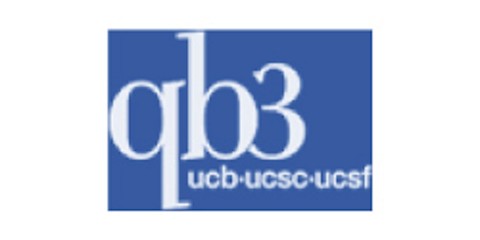Purpose
Developing a full-scale demonstration of a “waste farm” that will cultivate algae for the production of bioenergy and a valuable live feed crop for the local community using waste as the feedstock.
Activities
The goal of our project is to develop a full-scale demonstration of a "waste farm," an efficient, easy-to-operate, and novel waste treatment system that will involve mass cultivating algae for the production of bioenergy and a valuable live feed crop for the local community using waste as the feedstock. We are using next-generation biotechnology to characterize and evolve native strains of algae for higher productivity in order to maximize the potential for energy and revenue generation.
Countries of activity
Location of main activity
Objectives
The goal of our project is to develop a full-scale demonstration of a “waste farm,” which could ultimately be set up on the periphery of small urban areas in the developing world. Mobile vacuum trucks will collect human feces from latrine pits and septic tanks as well as cow dung from urban cattle sheds and transport it to the treatment facility for processing and ultimately for the generation of energy and revenue. Our technology will not rely on sewer systems, and it will use a sophisticated computational control system to enable remote monitoring of the treatment quality to minimize the need for on-site maintenance and service. For our Phase I work, we have developed an experimental scale set up of such a waste farm, and we have demonstrated the successful treatment of waste using comprehensive data. In addition, we have shown that the algae grown in our treatment system can be used as an aquatic feed.
Further information
Research or implementation partners: We are working with UCSD as well as with the Van Ommering Dairy farm in Lakeside, CA, where we are building a full-scale waste treatment system.
Filter tags
Bill & Melinda Gates Foundation Global North America Private sector, including social enterprises Product design and engineering Treatment of wastewater or greywater
Links

Uploaded by:
Trevor Surridge (tmsinnovation)















